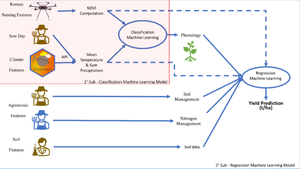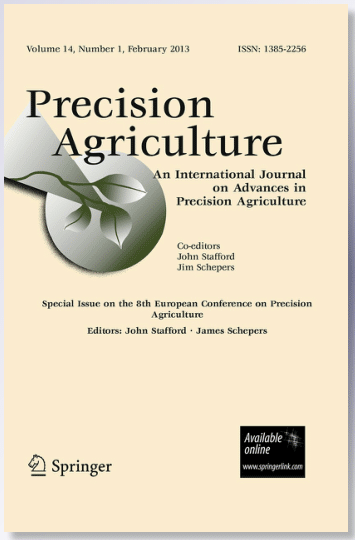This research aims to develop a meta-machine learning model to optimize soil and nitrogen management for durum wheat in Italy. It addresses the challenges of increased food production on limited land amidst rising input costs, geopolitical changes, and climate change. The goal is to aid decision-makers in achieving maximum crop yield and income margins through effective agronomic strategies.
The study developed a meta-machine learning model, integrating classification and regression models, and tested it at four sites in Marche and Basilicata, Italy, over several years. The model incorporated data from remote sensing, crop phenology, soil chemical properties, weather data, soil management, and nitrogen levels. A Random Forest model was used to classify crop phenology, while a Neural Network model predicted yield. Eleven nitrogen levels were compared across these sites.
The Random Forest model achieved an accuracy of 0.98, kappa of 0.96, and recall of 0.98 for predicting crop phenology. The Neural Network model for yield prediction had an R squared of 0.90 and a Root Mean Square Error of 0.59 t ha-1. Key factors identified for model accuracy were temperature, precipitation, NDVI, and nitrogen input. Simulations of 30 soil management and fertilization combinations revealed that no-tillage management increased grain yield. The Marginal Fertilizer Yield Index determined optimal nitrogen application.
The meta-machine learning model accurately predicted durum wheat yield and identified effective agronomic strategies, demonstrating the potential for broader application in field conditions. The model offers a promising approach to sustainable agriculture and climate change mitigation by utilising publicly available spatial datasets.



